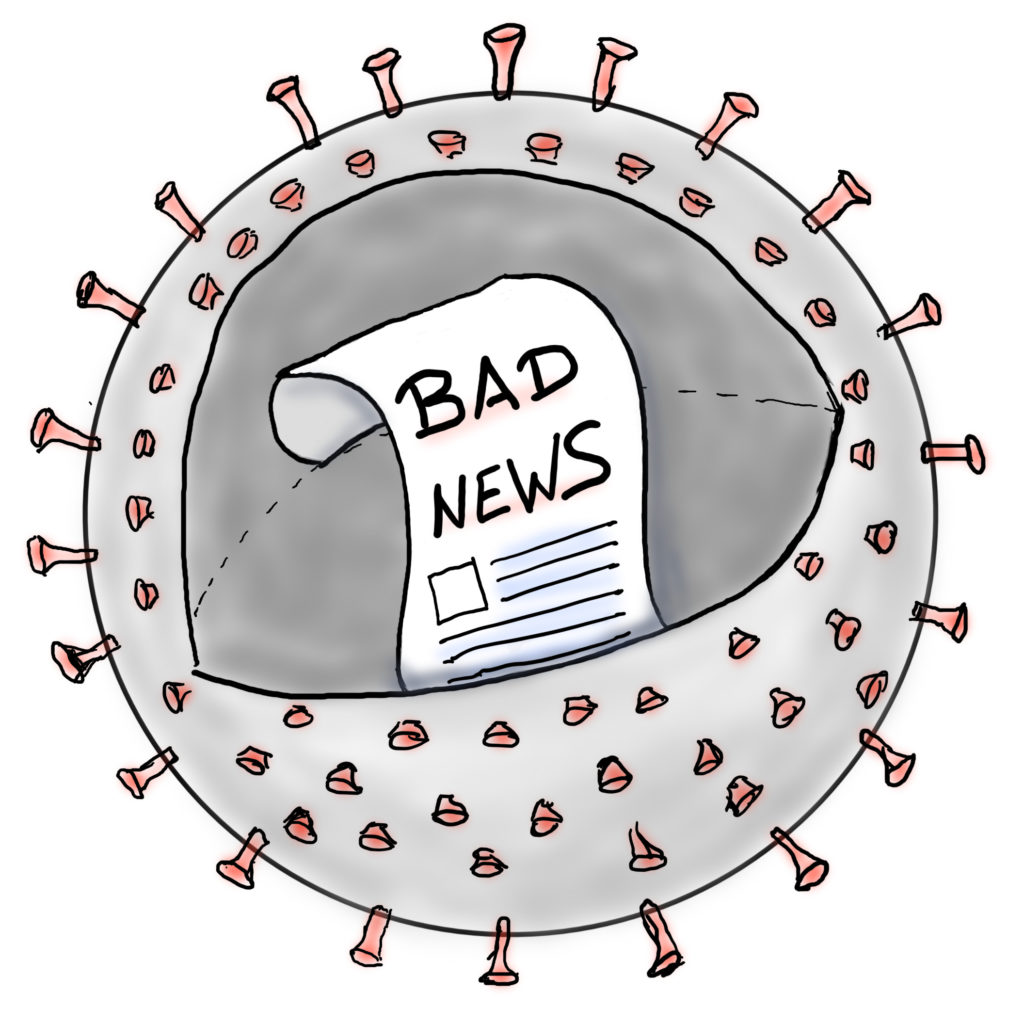… today we write some satirical comments…..
The following examples show decisions made by politicians based on scientific findings:
Austria, government and flight directives
Distancing helps to reduce droplet infections. Both, the WHO and the NIH advice a 2 meter distance between people in order to reduce a risk of infection with SARS-CoV-2.
Most governments worldwide have adhered to this ruling, one of the few shared decisions in the fight against this pandemic.
Last week, the Austrian government has decided, that the virus is only allowed to fly 1 meter (!) in Austria. We do not know if this is based on the healthy air at higher altitudes, viral travel restrictions, or on differences in aerosolization in the Austrian language. There are excellent research societies in Austria: We miss your voice!
USA, Washington D.C. and The White House, and medical advice
Disinfectants do inactivate viruses. This observation is old and can be applied to SARS-CoV-2. Coronaviruses are enveloped viruses, which makes them sensitive to detergents (soap!) and alcoholic disinfectants. Thus, a consequently performed hand hygiene does slow the spread of the virus.
The President of the United States has drawn the following obvious conclusion: In severe cases, SARS-CoV-2 is spreading in the lungs. Therefore, the POTUS is advising lung lavations with disinfectants.
We strongly advice you NOT to do that!
Germany, Heinsberg, Gangelt study and state governors
The plenty-discussed study in Heinsberg is based on a non-representative selection of participants and households. The number of 1007 persons from 405 households is far to tiny to draw conclusions on the whole country. While this study was important to do, its results need to be confined to the fact, that Gangelt was an isolated and extreme case. Furthermore, this study has not yet been subject to peer-review. For all these reasons, there should be caution on its interpretation.
Of course, several talk-show hosts and politicians do have a different opinion. The ones are hoping for sensations, while the others see a chance to please the electorate. We are in the middle of election campaigns. Important political decisions are being made based on untested, non-representative data. Some of the state governors are trying to beat each other when it comes to re-opening schools, restaurants, and the like.
This is a risky societal experiment, that we do observe with concern.
German car dealer shops and their natural COVID-19 resistance

Distance, part two: Two meters of distance are sufficient to reduce virus transmission. If all people adhered to this rule, the virus would burn out with time, since it cannot find new hosts (that is us!) in large enough numbers. Human beings consider themselves intelligent beings. A virus is a brainless collection of nucleic acids, fatty acids and proteins. Many decades ago, Jean and Peter Medawar noted: A virus “is simply a piece of bad news wrapped up in protein”.
If we as intelligent multicellular organisms do know that distancing is helping, why is this distancing not applied consequently in daily life? Two meters are a comprehensible dimension. It is a distance everybody is able to estimate.
The federal and state governments made the following decision: The virus is dangerous only in facilities of more than 800 sqm. One important exception is given with car dealers, their shops do have an intrinsic resistance to viral spread. This was a new finding to us.
Germany, Tübingen and the mayor
Early on, there were hints that COVID-19 is most dangerous to the elderly and to people with chronic diseases, resulting in more severe cases. With time, this was adjusted: There are severe and deadly cases in younger people as well.
The mayor of Tübingen drew his own conclusions. According to his statements, ICU do just save the lives of people who would have died within months anyway. We will not comment on the ethical implications, since it would go far beyond the scope of this blog posting.
However, the mayor has shown two views, and both seem to be bad:
Maybe it is just a case of demagoguery. The mayor is elected for eight years. In the ballots, he needs the majority of the votes. Tübingen is a town with a significant amount of student voters, compared to many other towns and cities, the percentage of older voters is smaller. The next election takes place in 2022. Does he hope to please younger voters, who do not want to miss their party life?

This might be a bad idea, but the second one is worse. We think, the mayor of Tübingen has simply shown a brown thread in his green fur. Off with the old and sick,
we remember this mindset from the German past…..
A heartfelt thank you to Oliver for the awesome cartoons. ollihoo (https://hoogvliet.de)

Stay tuned,
Sabine and Joerg
Meet Sabine at XING: https://www.xing.com/profile/Sabine_Breun
Visit Joerg at LinkedIn: http://linkedin.com/in/jörg-baumann-phd-0710b11a3


